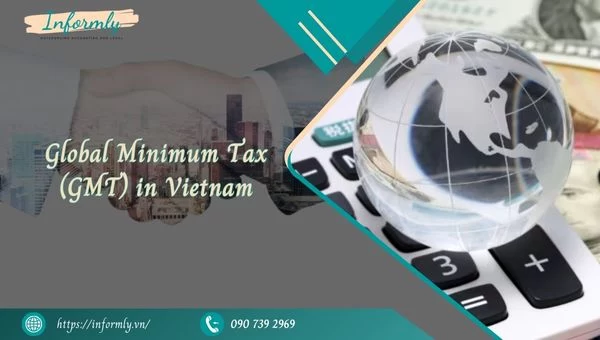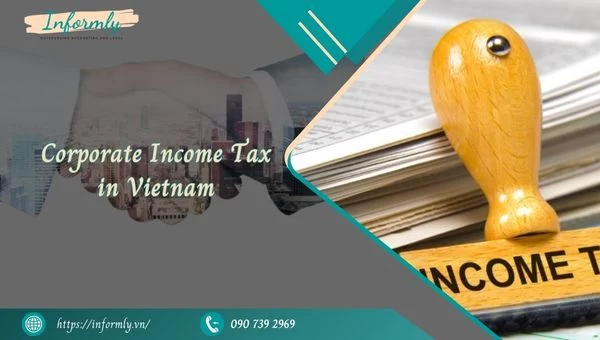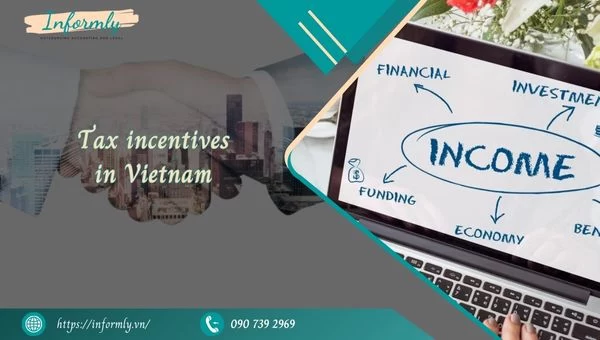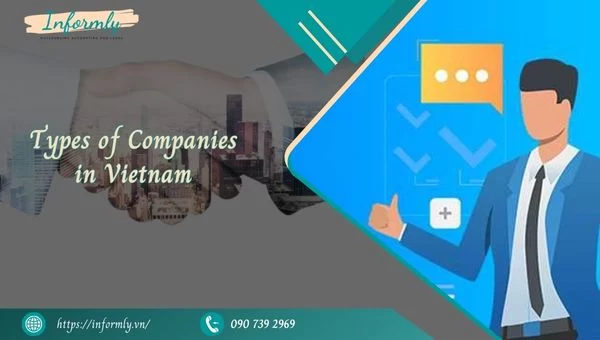Vietnam, with its vibrant culture, stunning landscapes, and bustling markets, is a top destination for tourists and a growing hub for international businesses. For visitors and companies alike, understanding the VAT refunds in Vietnam system can lead to significant savings. This article provides an in-depth guide to Vietnam’s VAT refund process, eligibility criteria, steps to claim refunds, and tips to ensure a smooth experience.
What is VAT in Vietnam?
Value Added Tax (VAT) is a consumption tax levied on goods and services in Vietnam. The standard VAT rate in Vietnam is 10%, though certain goods and services, such as essential items or exports, may qualify for a reduced rate of 5% or 0%. For travelers and businesses, VAT refunds in Vietnam offer an opportunity to reclaim the tax paid on eligible purchases, making shopping and operations more cost-effective.
Vietnam introduced its VAT refund scheme to encourage tourism and support international trade. By allowing eligible individuals and entities to recover VAT, the government aims to make the country more attractive to global visitors and investors. Whether you’re a tourist buying souvenirs or a business purchasing equipment, understanding how VAT refunds in Vietnam work is essential.
Who is Eligible for VAT Refunds in Vietnam?
Not everyone can claim VAT refunds in Vietnam. The eligibility criteria are specific, primarily targeting international visitors and certain business transactions. Below are the key groups that qualify:
1. International Tourists
Tourists visiting Vietnam on a temporary visa can claim VAT refunds on goods purchased for personal use. To be eligible, you must:
- Be a non-resident of Vietnam.
- Purchase goods from stores participating in the VAT refund program.
- Spend a minimum amount (typically VND 2,000,000, approximately USD 80, on a single receipt).
- Leave Vietnam through an international airport or seaport with a VAT refund counter.
- Present the goods and receipts for verification before departure.
2. Foreign Businesses
Foreign businesses operating temporarily in Vietnam may qualify for VAT refunds under specific conditions, such as:
- Purchases related to export-oriented activities.
- Goods or services used for non-taxable transactions.
- Compliance with Vietnam’s tax regulations and documentation requirements.
3. Diplomats and International Organizations
Diplomats, consular officials, and representatives of international organizations may be eligible for VAT exemptions or refunds, depending on bilateral agreements with Vietnam.
If you’re unsure about your eligibility, consulting with a local tax expert or contacting Vietnam’s General Department of Taxation can provide clarity.
What Purchases Qualify for VAT Refunds in Vietnam?
Not all purchases are eligible for VAT refunds in Vietnam. The refund scheme applies to specific goods and services, primarily those intended for export or personal use abroad. Here’s what qualifies:
- Tangible Goods: Items like clothing, electronics, jewelry, and souvenirs purchased from authorized retailers. The goods must be unused and in their original packaging when presented at the refund counter.
- Minimum Purchase Amount: As mentioned, a single receipt must meet the minimum threshold of VND 2,000,000.
- Participating Retailers: Only stores registered with Vietnam’s VAT refund program can issue refund-eligible receipts. Look for signs indicating “VAT Refund for Tourists” at the store.
Items that do not qualify include:
- Services (e.g., hotel stays, dining, or transportation).
- Goods consumed in Vietnam (e.g., food, beverages, or cosmetics used before departure).
- Prohibited items, such as weapons or cultural artifacts restricted for export.
How to Claim VAT Refunds in Vietnam: A Step-by-Step Guide
Claiming VAT refunds in Vietnam is straightforward if you follow the correct process. Below is a step-by-step guide to ensure you successfully recover your tax:
Step 1: Shop at Participating Stores
When shopping, choose retailers that offer VAT refunds. These stores will provide a VAT refund invoice alongside the standard receipt. Ensure the invoice includes:
- Your full name and passport number.
- Details of the purchased goods.
- The VAT amount eligible for refund.
Step 2: Verify Your Purchases
Before leaving Vietnam, present your purchases, receipts, and VAT refund invoices at the Customs Service Counter at an international airport (e.g., Noi Bai in Hanoi or Tan Son Nhat in Ho Chi Minh City) or seaport. Customs officers will inspect the goods to confirm they are unused and match the invoices.
Step 3: Submit Your Refund Application
Proceed to the VAT Refund Counter after customs verification. Submit the following documents:
- Original VAT refund invoice.
- Passport and boarding pass.
- Customs-stamped receipts.
Some airports may allow you to drop your documents in a designated box if you’re short on time, with the refund processed later.
Step 4: Receive Your Refund
Refunds are typically issued in Vietnamese Dong (VND), though some counters may offer foreign currency options (e.g., USD or EUR). You can choose to receive the refund via:
- Cash (subject to a small processing fee).
- Bank transfer or credit card (may take longer but avoids fees).
Note that a portion of the refund may be deducted as an administrative fee, typically around 10-20% of the VAT amount.
Where Can You Claim VAT Refunds in Vietnam?
VAT refunds in Vietnam are processed at major international exit points equipped with refund counters. These include:
- Noi Bai International Airport (Hanoi): The primary hub for northern Vietnam.
- Tan Son Nhat International Airport (Ho Chi Minh City): The busiest airport, handling the majority of VAT refund claims.
- Da Nang International Airport: A growing hub for central Vietnam.
- Cam Ranh International Airport (Nha Trang): Popular for coastal tourists.
- Select Seaports: Certain ports, like those in Ho Chi Minh City, may offer refund services for cruise passengers.
Always check the specific airport or port’s refund counter hours, as they may differ from general operating times.
Tips for a Smooth VAT Refund Experience
To maximize your chances of successfully claiming VAT refunds in Vietnam, keep these tips in mind:
- Plan Your Purchases: Shop at authorized retailers and consolidate purchases to meet the minimum spending requirement on a single receipt.
- Keep Documentation Safe: Store receipts, invoices, and your passport in an easily accessible place to avoid delays at the airport.
- Allow Extra Time: Arrive at the airport early to complete customs verification and refund processing, as queues can be long during peak travel seasons.
- Understand Fees: Be aware of administrative fees that may reduce your refund amount, and choose the refund method that suits your needs.
- Check Goods Restrictions: Ensure your purchases comply with export regulations to avoid confiscation or rejection of your refund claim.
Challenges and Common Mistakes to Avoid
While the VAT refunds in Vietnam system is designed to be user-friendly, some challenges may arise. Here are common mistakes to avoid:
- Missing Documentation: Failing to present the original VAT refund invoice or customs-stamped receipt will result in a denied claim.
- Using Goods Before Departure: Goods must remain unused and in their original condition to qualify.
- Ignoring Deadlines: Refund claims must typically be filed within 60 days of purchase, so don’t delay your application.
- Shopping at Non-Participating Stores: Always confirm the store offers VAT refunds before making a purchase.
If you encounter issues, such as a rejected claim, contact the refund counter staff or Vietnam’s tax authorities for assistance.
VAT Refunds for Businesses in Vietnam
For businesses, VAT refunds in Vietnam can be more complex but equally rewarding. Foreign companies engaged in export activities or temporary operations may claim refunds on VAT paid for goods and services used in non-taxable transactions. The process involves:
- Registering with Vietnam’s tax authorities (if required).
- Maintaining detailed records of purchases and VAT invoices.
- Filing refund applications through the General Department of Taxation.
Businesses should work with local tax consultants to navigate regulations and ensure compliance, as errors can lead to delays or penalties.
Why VAT Refunds Matter in Vietnam
The VAT refunds in Vietnam program benefits both tourists and businesses by reducing the cost of goods and encouraging spending. For travelers, it makes shopping for high-quality Vietnamese products, such as silk, lacquerware, or electronics, more affordable. For businesses, it supports cost management and competitiveness in international markets.
Vietnam’s VAT refund system aligns with global standards, making it a familiar process for those accustomed to tax-free shopping in Europe or other regions. As Vietnam continues to grow as a tourism and trade hub, the program is expected to expand, offering even more opportunities for savings.
Navigating VAT refunds in Vietnam can transform your shopping or business experience by unlocking valuable savings. By choosing authorized retailers, meeting eligibility requirements, and following the refund process, you can effortlessly reclaim a portion of the tax paid on qualifying purchases. Whether you’re a traveler exploring Vietnam’s vibrant markets or a business optimizing costs, mastering this system is a smart move. For expert guidance and streamlined tax solutions, trust Informly to simplify your VAT refund journey. Visit Informly today for the latest insights and support, ensuring you make the most of your time in Vietnam!










